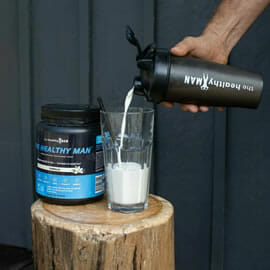Free shipping on orders over $99
How to build a thick, strong back according to our trainer Ed!
By Ed Stephenson, Healthy Man Trainer
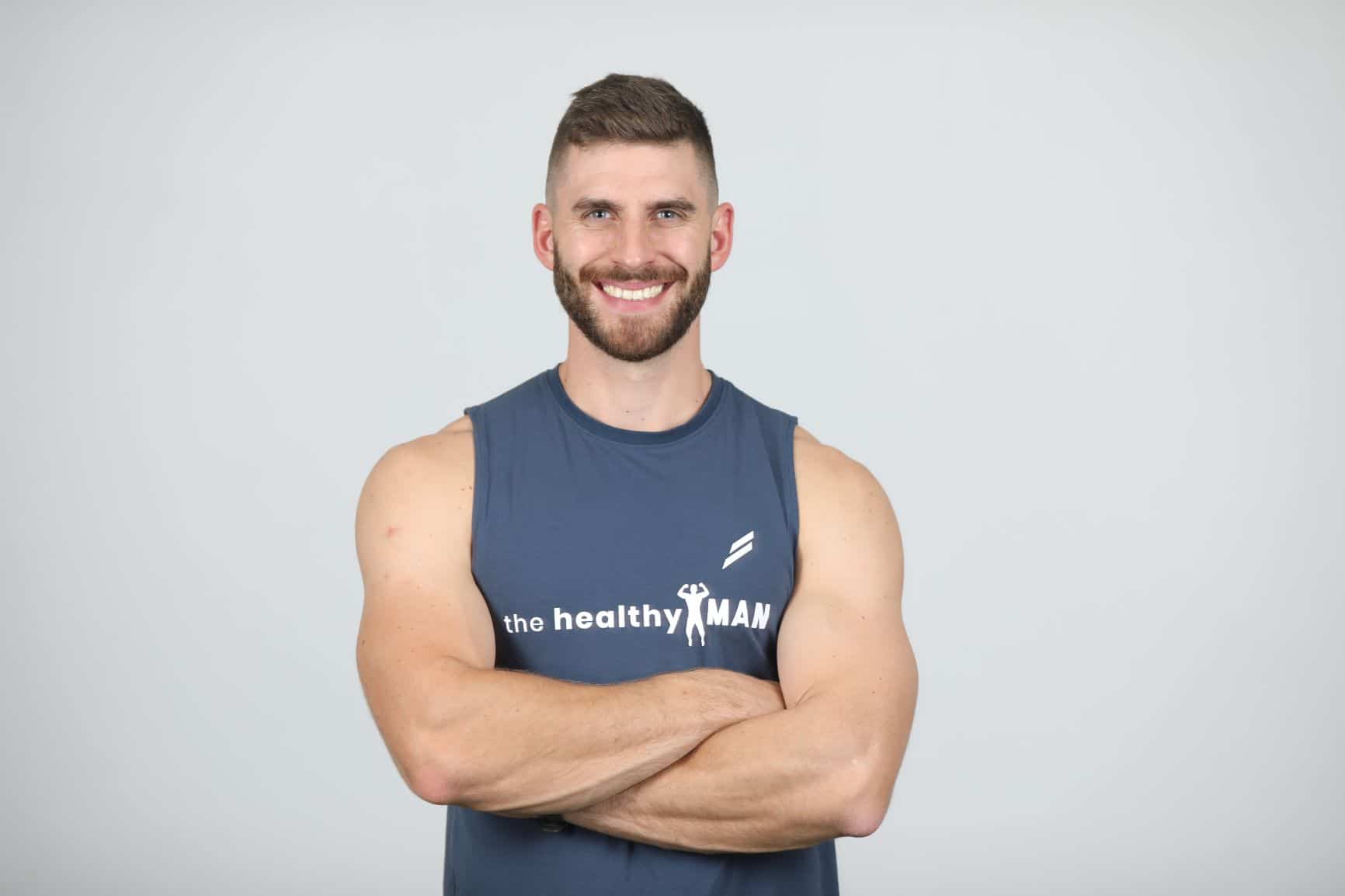
Your back! One of the most overlooked and important body parts!! But it’s important to build a strong back.
When we look at all athletic physiques, we may initially notice the obvious size and potential strength of the chest, legs and abs when trained properly. What is not obvious, is the supporting structure in which all this is built upon, the back. Back muscles play an integral role in supporting our skeletal system including neck, spine, scapula (or shoulder blades) all the way down to our hips.
This article breaks down how important the back is to our everyday, functional movements, and covers the best ways to develop its muscular strength and size.
Here’s what goes into getting a stronger back
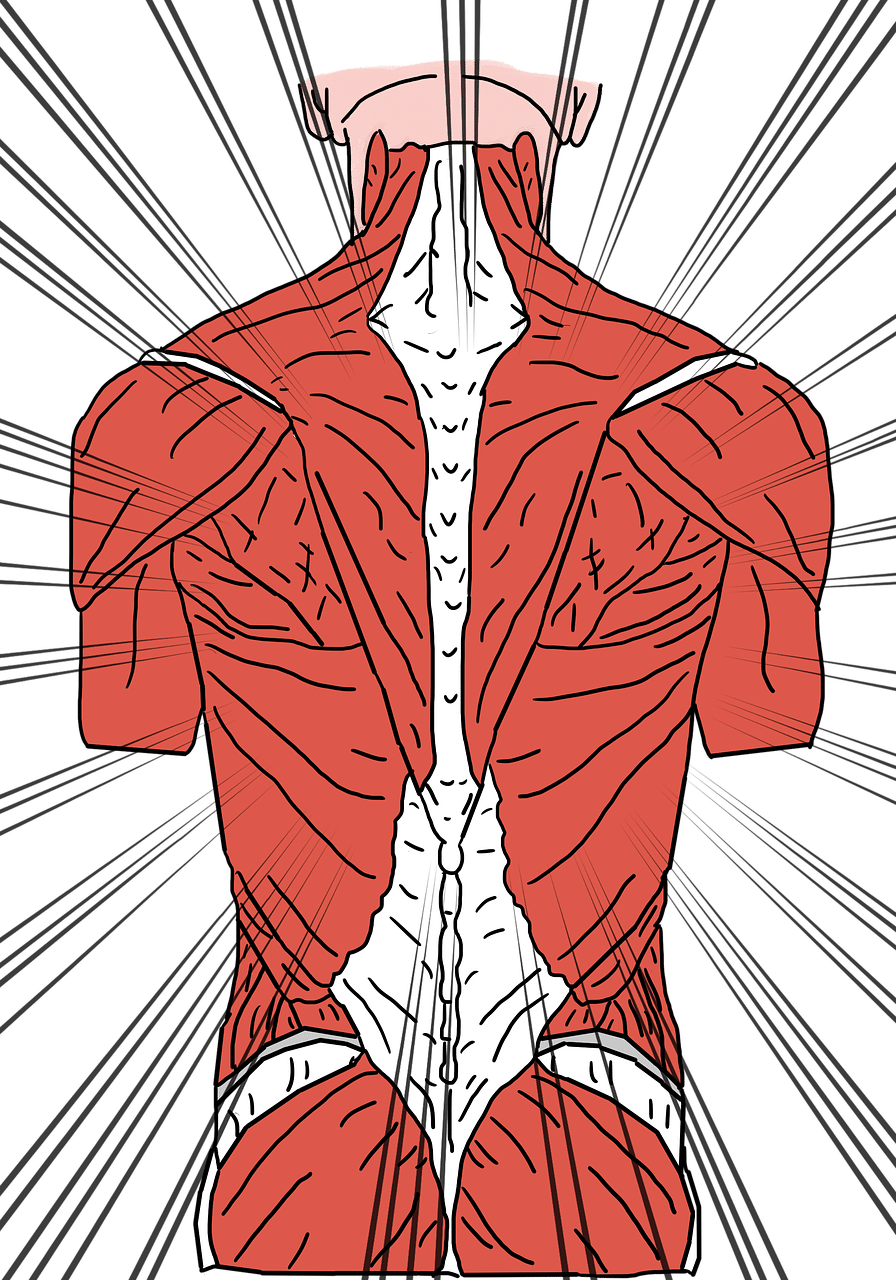
Anatomy:
Back muscles run from way up high near our neck, all the way down to our hip bones, including, to name a few; the trapezius, deltoids, Latissimus dorsi, erector spinae and internal and external obliques. The strength and maintenance of these muscles, with the help of others, provide assistance in maintaining correct spinal posture and alignment, which in turn can help alleviate back pain and instability. Further, exercising these muscles maintains a certain level of flexibility and mobility through our tendons and ligaments, which means less stiffness in our back and movements on those cold winter mornings!
When thinking about our back, it’s critical to not overlook its necessity and value in core strength and stability. A large part of what constitutes our core is located through our back, with the focus falling on the obliques, the lats and lower back muscles. Our obliques provide support and movement through our trunk, including rotation and flexion of our spine, while helping to lock in with our abdominals to give core stiffness when needed. Lats are linked to the scapula (or shoulder blade), spine and upper arm. As such, they provide a necessary aid to the movement and support of our arms, upper body and back. Lower back muscles like the erector spinae, or spinal erector, is critical in the day-to-day functioning of our body, involved in the flexion and extension of our spine and similar to our obliques, aids to stiffen and control our trunk when needed.
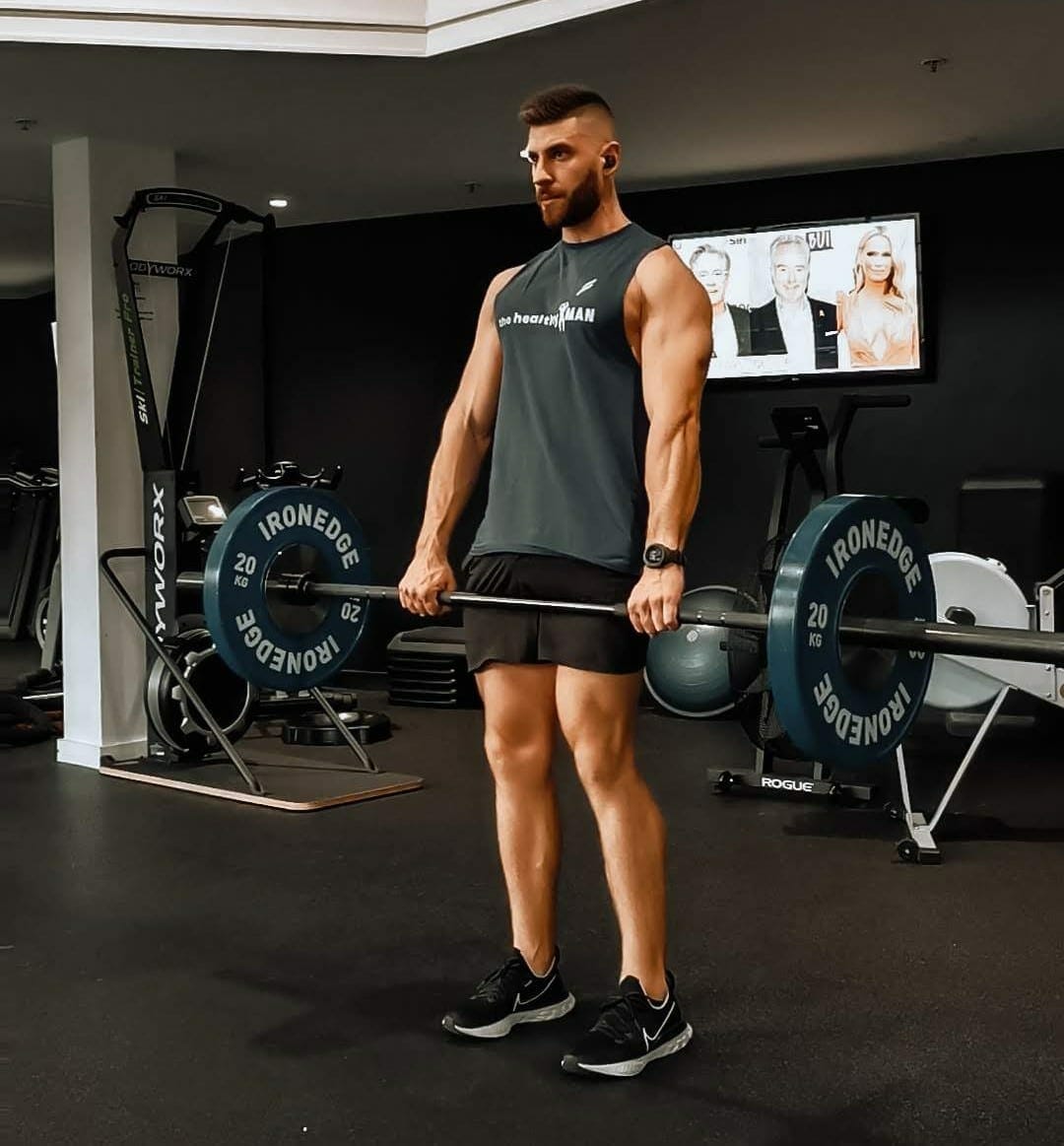
Exercises:
Back exercises can be broken down into a few different categories, and within that can be different subsets. In this article, we’re simply looking at compound movements and isolation movements.
Compounds
Compound movements involve multiple muscles and muscle groups at a time. They are an extremely efficient way to work your body and should definitely be utilized in your training routine.
Examples of compound ‘back’ exercises (other muscles groups also incorporated) include:
- Deadlift: Both sumo and conventional. We use our arms, core, back and legs in a deadlift to complete the movement correctly. Because of the recruitment of so many muscles, we also burn a lot more calories than a smaller, isolated movement.
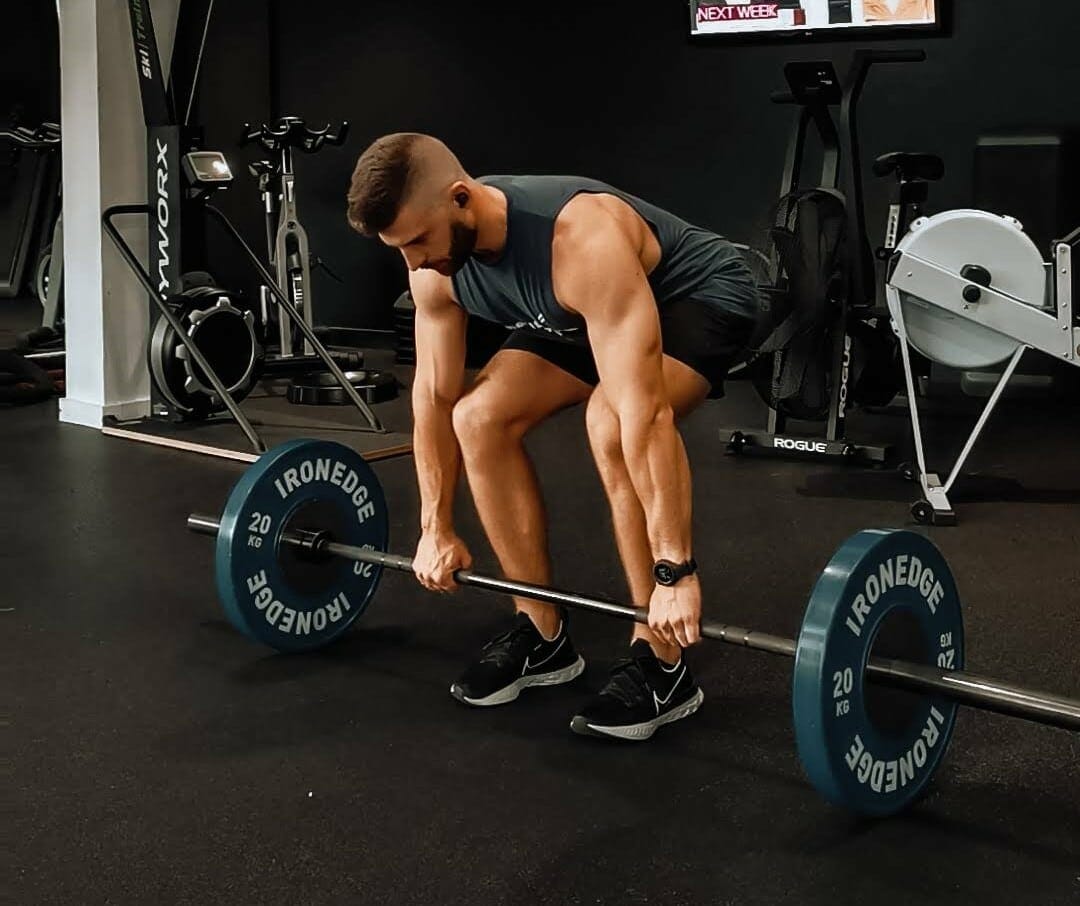
- Pullups: When completing a pullup, we use back, shoulder, arm and core muscles. Similar to the deadlift, a correct pull-up recruits a lot more muscles than an isolated movement and should form a cornerstone to your strength program.
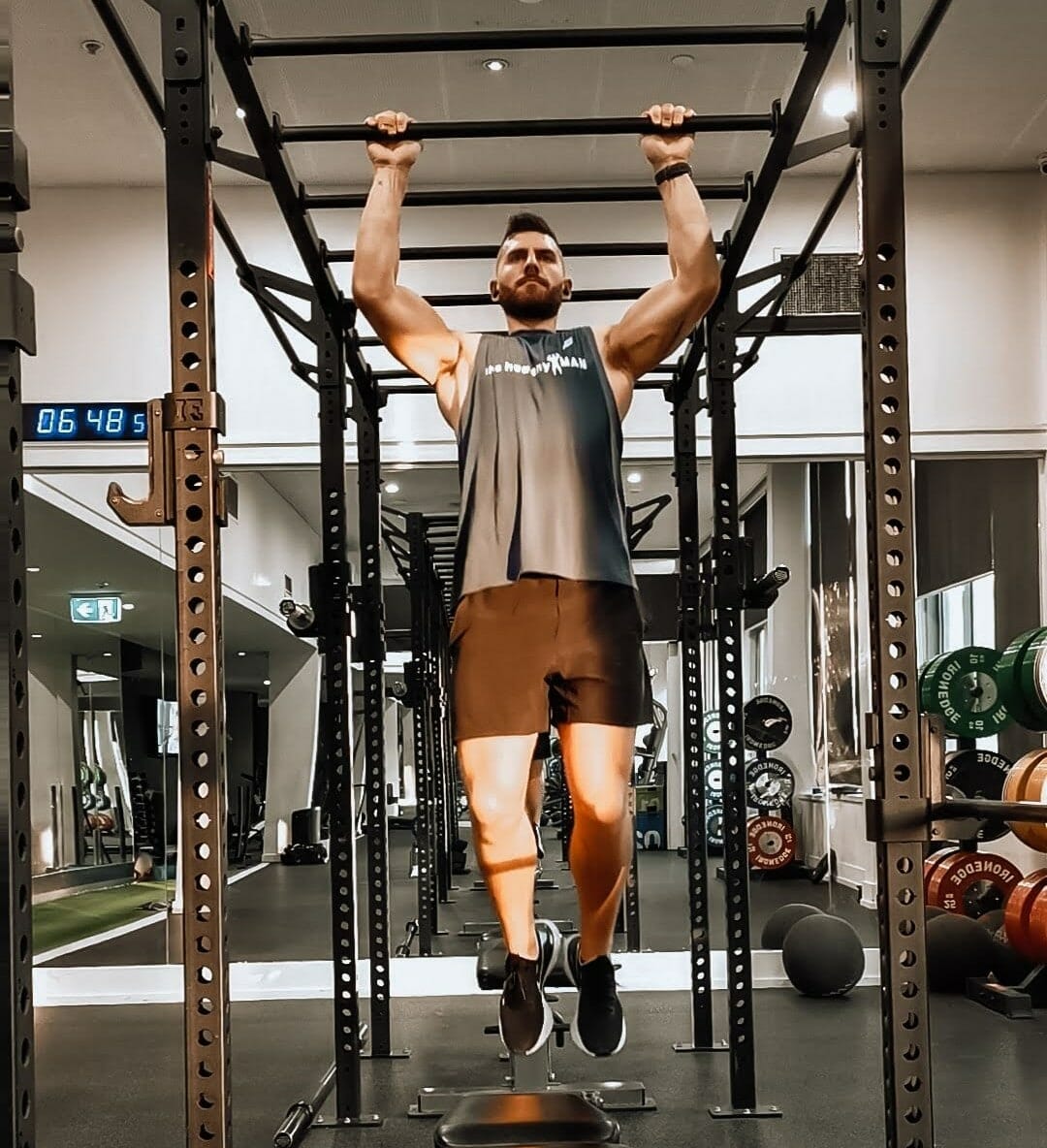
- Rows: Barbell, Dumbbell or Kettlebell, it doesn’t matter, rows are a fantastic strength and muscle builder and with all the varieties you can incorporate, they should definitely be in your program somewhere.
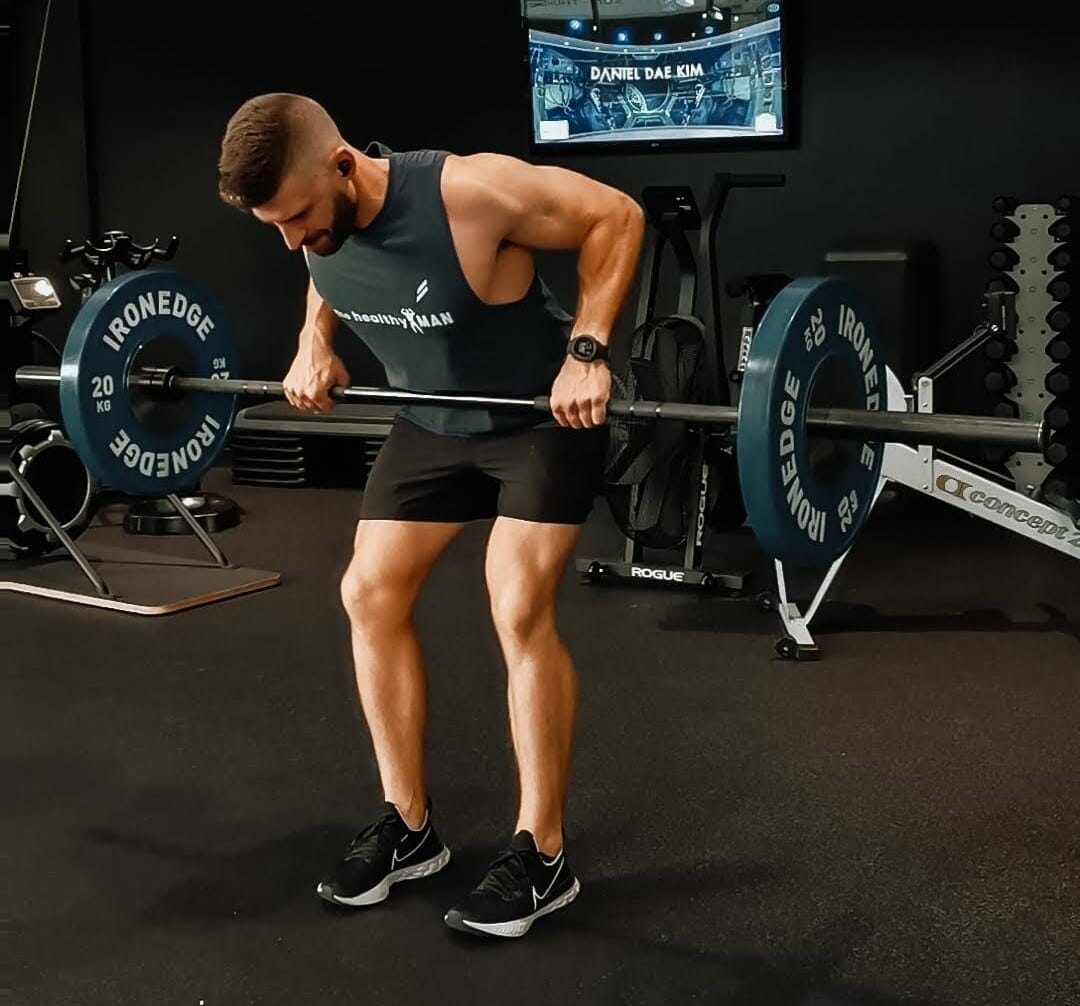
Isolation
Isolation movements of the ‘back’ are not as obvious or clear as with other body parts. This is because the back includes a large number of muscles and encompasses a wide range of movements to make the bodywork. It is rare that any single movement isolates one particular muscle target.
Nonetheless, examples of a more isolated back exercises include:
- Lat pulldown: While this motion definitely incorporates our arms with the pulling motion, particularly if we do a ‘’close grip” variation, the prime mover here is through our lats.
- Rope face pull: Working primarily your rear delts and traps, the rope face pull is a fantastic exercise to help burn you out at the end of a workout, particularly once you’ve completed all your compounds and heavier lifting and want to really feel fatigued.
In bringing these movements together and determining a plan of attack to build up the strength in your back, a relatively easy layout may be incorporated. Post-warm-up, start off with your bigger, more complex compound movements like previously mentioned deadlifts and pullups. Once you’ve completed them, progressively move onto your isolation exercises with priority placed on the more demanding movements, such as Lat pulldowns and Barbell Rows. Following that you want to have your lighter, smaller movements at the end, such as your Rope face pulls, as they are not too demanding and can be done competently while the body still recovers from the previously exhausting exercises!
Read more advice and tips from Ed here.
Try The Healthy Man Meal Replacement TODAY!
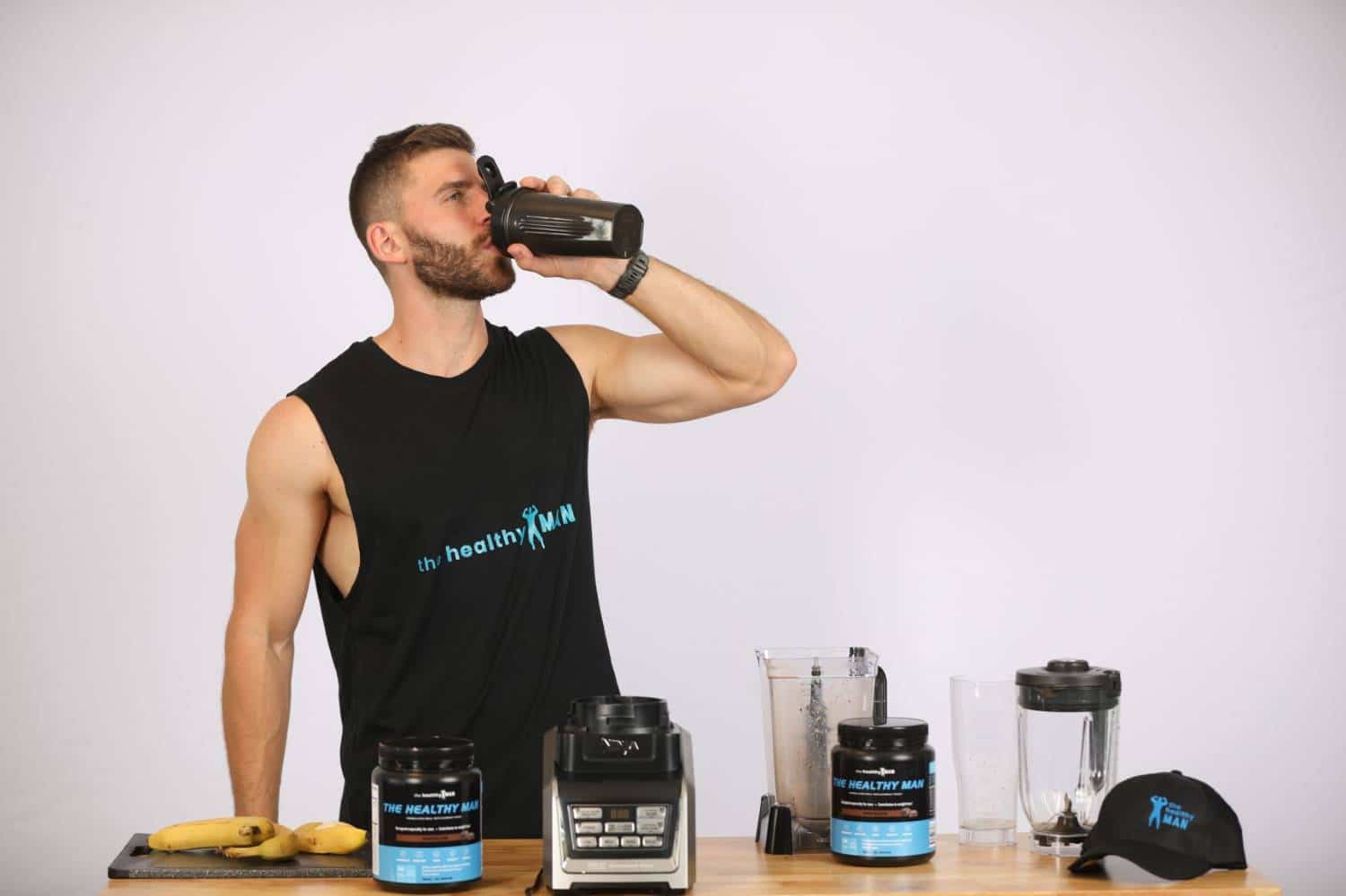
It’s the perfect low-calorie meal replacement shakes for busy blokes wanting to boost weight loss and improve overall health. It’s full of whey and soy protein which means it’ll leave you feeling full and satisfied and keep you going till your next meal.
If you want to shift some kilo’s, look no further than The Healthy Man’s Meal Replacement!
The Healthy Man Meal Replacement is available in Chocolate and Vanilla and will:-
- Enhance fat-burning ability
- Increase stamina
- Improve gut health
- Increase muscle strength
- Reduce beer belly
- Increase energy, vitality and overall health
